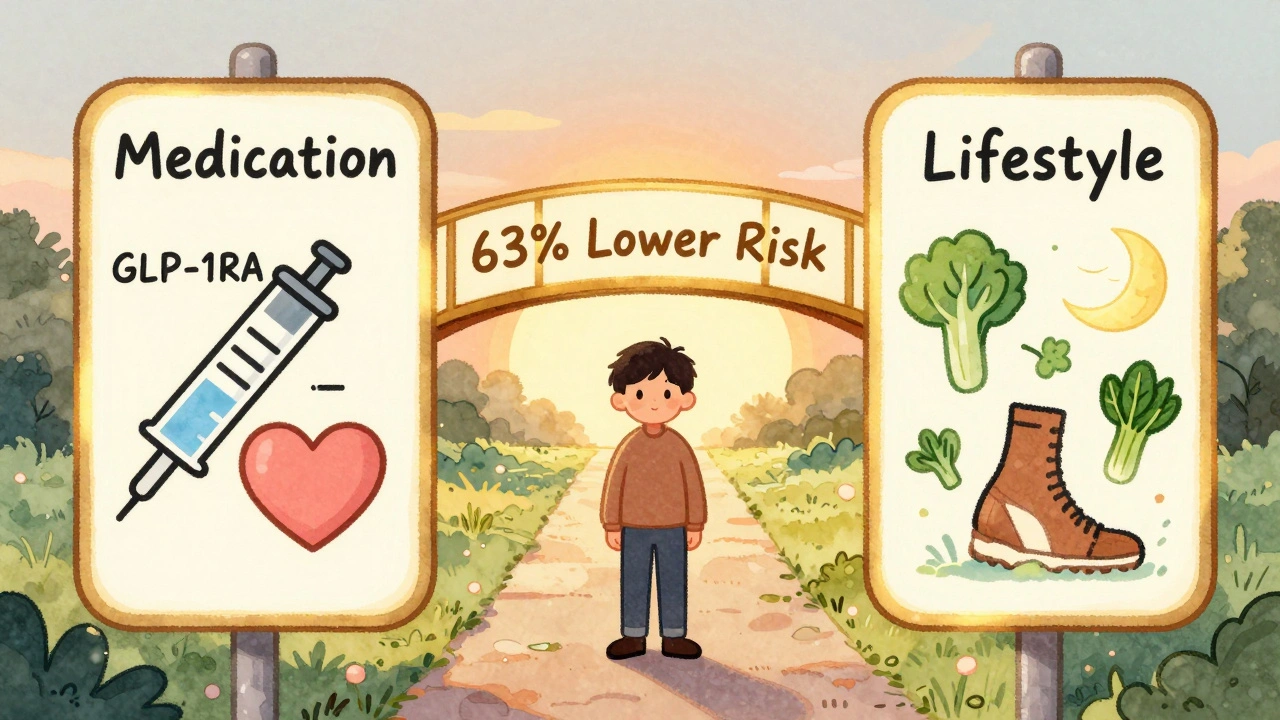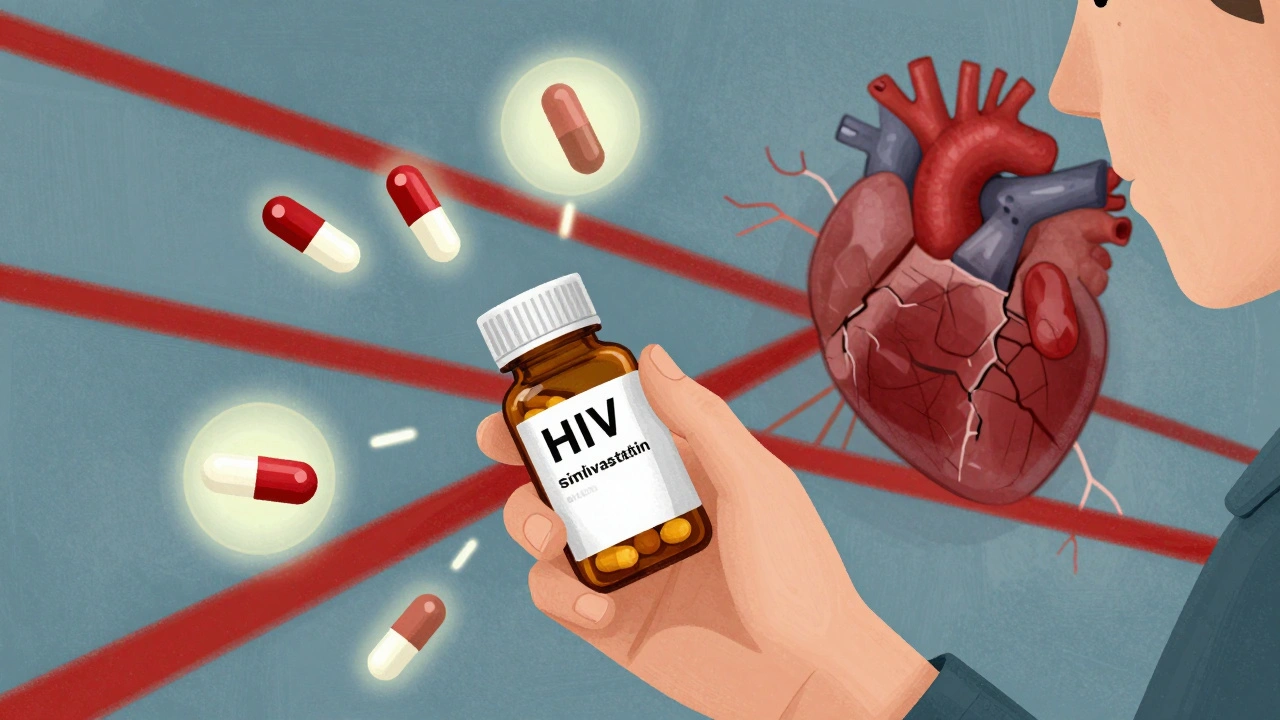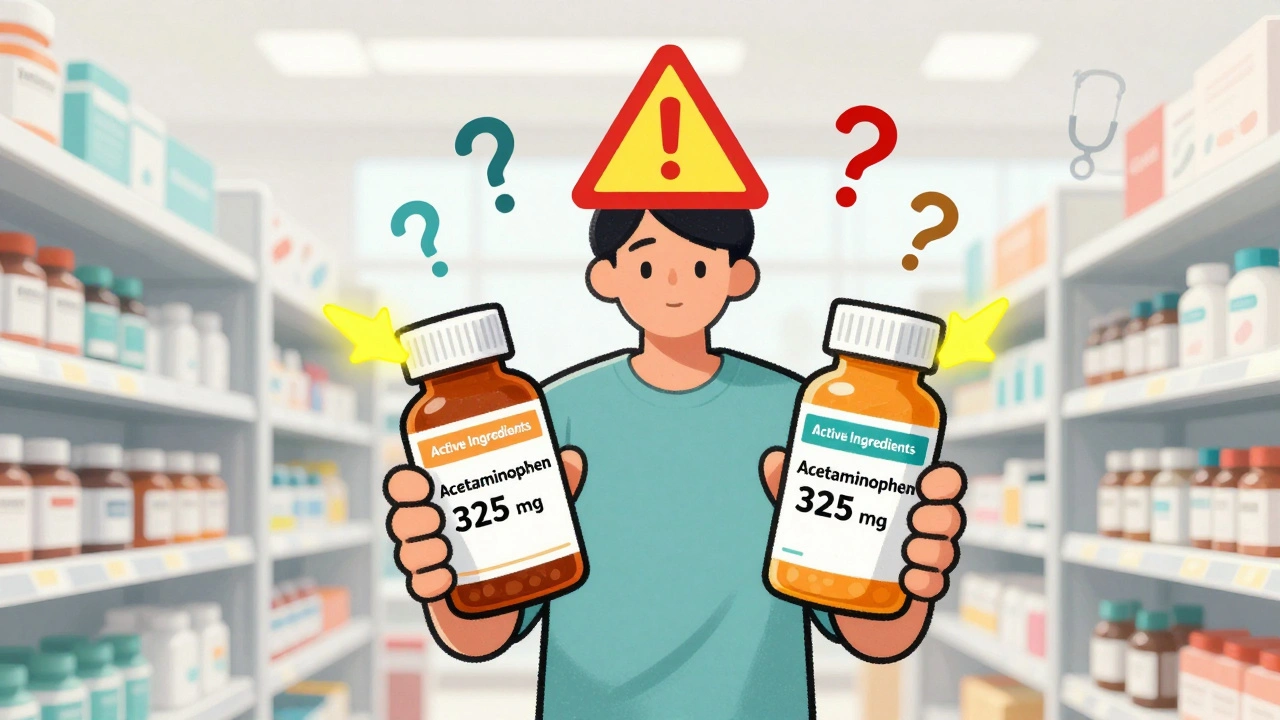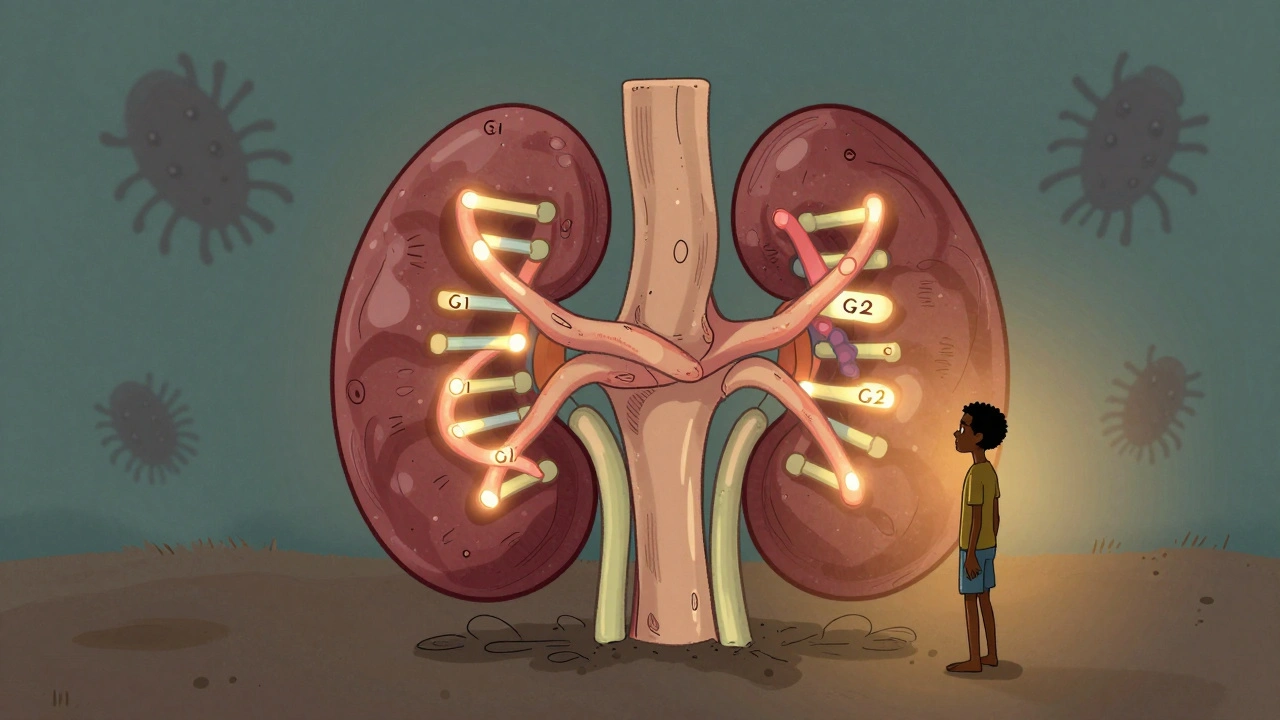ACE Inhibitor: What You Need to Know
When you hear ACE inhibitor, a class of drugs that block the angiotensin‑converting enzyme. Also called ACEI, it lowers blood pressure by stopping the conversion of angiotensin I into the vasoconstrictor angiotensin II. This simple action makes a huge difference for people dealing with hypertension, chronically elevated blood pressure or heart failure, a condition where the heart can't pump efficiently. Understanding the core mechanism helps you see why doctors pair ACE inhibitors with diuretics, medications that help the kidneys remove excess fluid or with beta‑blockers to manage overall cardiovascular risk.
Why the Renin‑Angiotensin System Matters
The renin‑angiotensin system, a hormone cascade controlling blood pressure and fluid balance is the target of many heart drugs. When renin releases angiotensin I, ACE turns it into angiotensin II, which narrows blood vessels and raises pressure. ACE inhibitors shut that step down, so vessels stay relaxed and the heart doesn’t have to work as hard. That effect not only cuts the risk of strokes and kidney damage but also slows the progression of chronic kidney disease, especially in patients with diabetes. Real‑world data shows people on ACE inhibitors often need lower doses of other antihypertensives, making treatment simpler.
Besides the big picture, it helps to know the common names you’ll see on a prescription label: captopril, enalapril, lisinopril, ramipril, and quinapril. Each has a slightly different half‑life and dosing schedule, but they all share the same core benefit—reducing angiotensin II. Side effects usually pop up early: a dry cough, elevated potassium, or a rare swelling of the face and throat (angio‑edema). If you notice any of these, the doctor may switch you to an ARB (angiotensin II receptor blocker), which works downstream and often avoids the cough. Monitoring kidney function and electrolytes every few months is standard practice, because ACE inhibitors can raise creatinine levels in people with existing kidney issues.
Putting it all together, ACE inhibitors are a cornerstone of cardiovascular care. They connect directly to hypertension control, heart‑failure management, and kidney protection, while interacting with other drug classes like diuretics, beta‑blockers, and statins. Whether you’re starting lisinopril for high blood pressure or adjusting enalapril after a heart‑failure hospitalization, the key is regular check‑ups and being aware of the cough trigger. Below you’ll find a curated set of articles that break down everything from dosage tips for seniors to head‑to‑head drug comparisons, so you can make informed choices about your health regimen.

How Perindopril Erbumine Lowers Blood Pressure - Mechanism, Benefits & Dosage
Learn how Perindopril erbumine lowers blood pressure, its mechanism, benefits, dosage, side effects, and how it compares to other ACE inhibitors.





